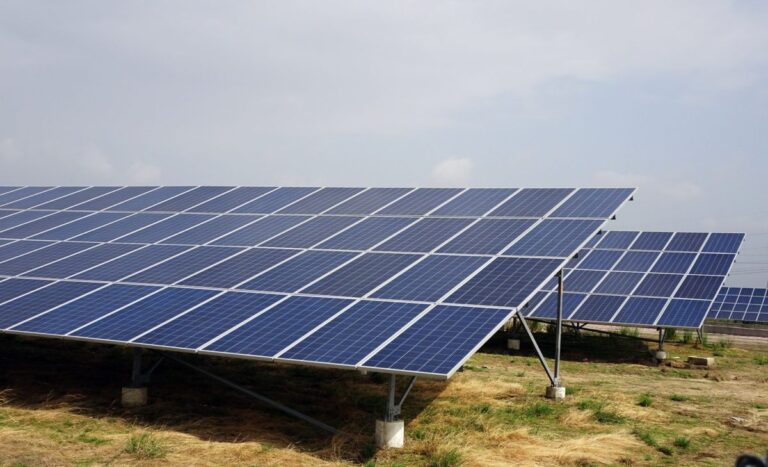The International Energy Agency’s (IEA) Photovoltaic Power Systems Program (PVPS) highlights key performance indicators (KPIs) for PV systems in its latest report. It calls for clear KPI definitions and standardized data processing to improve system efficiency and reliability.
IEA-PVPS has called for standardized definitions of KPIs for operational PV systems to eliminate potential biases.
The Task 13 report: “Best practice guidelines for using economic and technical KPIs”, outlines calculations and applications of the most important technical and contractual KPIs for the operation of PV systems.
KPIs are essential for evaluating PV systems in terms of operational efficiency, financial viability and sustainability metrics, while also guiding effective decision-making, according to IEA-PVPS. The report defines commonly used KPIs, outlines their benefits and challenges, and critiques their application and limitations.
IEA-PVPS noted that KPIs may vary depending on project size, market, location and calculation methods, which can have financial implications. It warned that KPI calculations based on heavily filtered data sets could introduce bias, allowing asset owners to unfairly gain or lose revenue. To address this, IEA-PVPS has called for transparency and standardization in KPI definitions to eliminate such risks.
The report also provides guidance on data preparation and processing, which the IEA-PVPS believes are crucial for reliable KPI calculations. The urgent need for standardization and harmonization in data processing was highlighted to enable data-driven decision-making.
One chapter on data management covers best practices for determining KPIs for different types of data, hardware and software, data quality, preparation, and aggregation. Another chapter discusses KPI options that go beyond contractual agreements and minimum thresholds. IEA-PVPS noted that evaluation processes have advanced and are becoming a standard practice to provide valuable insights into PV system data.
The report added that advanced mapping techniques using KPI data enable comprehensive assessment of PV performance across regions, supporting tailored operations and early-stage design considerations for new PV projects.
IEA-PVPS said it collects PV system performance data from major PV system analytics platforms to calculate technical KPIs and interpret the data through geospatial maps.
“This approach will serve to extend knowledge from specific locations where data is available to locations where PV systems may not even be installed yet,” IEA-PVPS said. “This exercise will be very valuable for the design of new PV installations and the tailoring of PV system contracts, taking advantage of greater certainty in performance estimates.”
The latest report follows publications on building integrated photovoltaic solar energy And string invertersboth released earlier this month.
This content is copyrighted and may not be reused. If you would like to collaborate with us and reuse some of our content, please contact: editors@pv-magazine.com.


